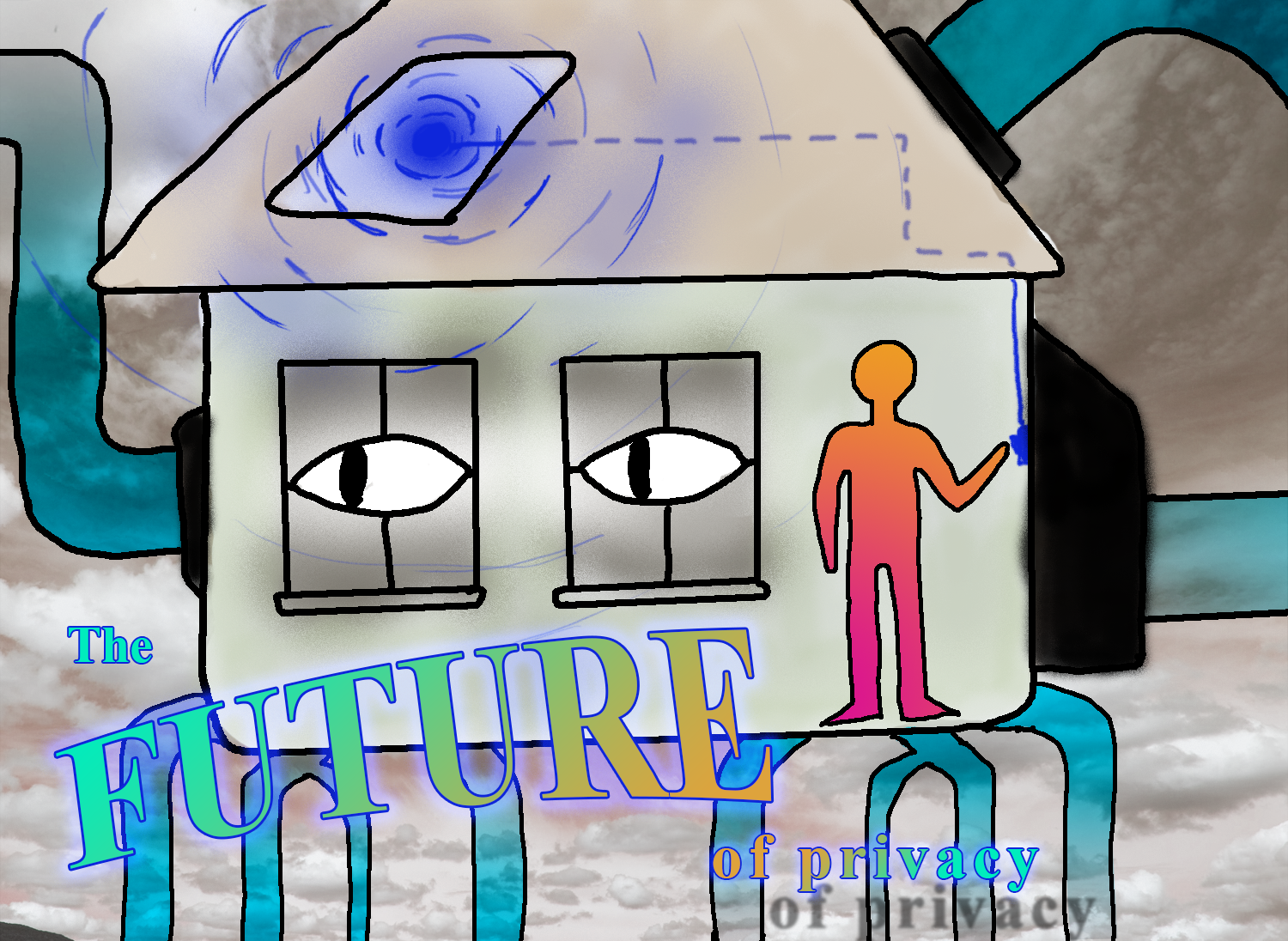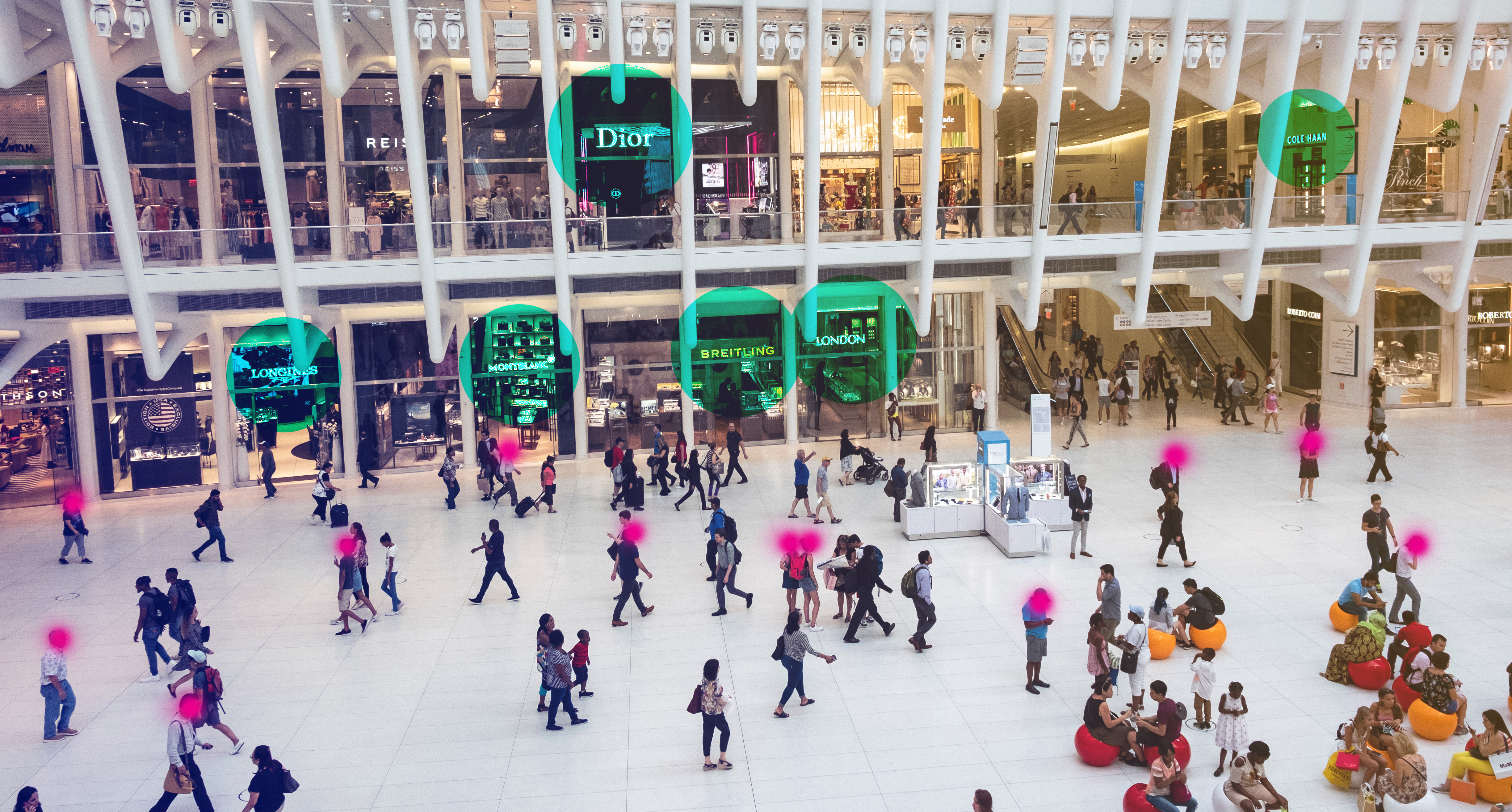In just one year, data privacy has changed the landscape of the internet — this change is not over.
Solve this problem: you’re a secret agent, and you need to record a conversation happening in a room that you cannot break into. You can see into the room, but you can’t hear what anyone is saying — and you can’t read lips because you’re a bad secret agent 🕵️♀️.
The solution is to use a visual microphone. That’s when you record video with no audio, and convert that data into sound. This is a real thing that has actually been done. There are cameras that are powerful enough to capture the minute vibrations in a room caused by sound waves bouncing off things.
So, as a secret agent, you could record a conversation from the gentle vibrations of a half empty can of coke — simply feed the silent video footage into an algorithm which processes the visual information into sound.
🤯 Now that you’re mind has been set to blown, we can proceed. It’s important to understand that there are a lot of ways data can be captured and made into something useful. Technology has enabled a whole new set of ways to surveil humans and process and aggregate data. Just think about all the smart objects in your house that somehow know you better than you know yourself.
Privacy is a concept that we have chosen to care a lot about these days. That’s because over the last couple of decades, we’ve inadvertently put our trust into large companies such as Facebook, and recent events have prompted us to question that trust. Therefore, how we value our privacy, and the impression it has on the world, has changed — and will continue to change.

Ways in which privacy could change in the future…
As technology evolves, the way we handle privacy will change; as well as how much or little we care about it. Okay, grab your bionic enhancements — it’s time to go to the future.
💌 Email addresses are almost useless now
Signing in or signing up to a site or service no longer requires using an email address — there are other, more secure ways of doing this now. Passwords don’t exist either. Being authenticated is as easy as using your face or fingerprint.
You are authenticated as the user of the device itself, not as the user of each app or service.
This is great because authentication is done via hardware — you are authenticated as the user of the device itself, not as the user of each app or service.
⏪ Back to present day: Apple are already on their way to doing this (with Sign-in with Apple) — we still use email addresses though, so they’ve built a relay system which means you never need to share your address with anyone if you don’t want to. It’s a double threat: private and convenient.
📹 You can opt-out of being on camera while you shop
Unlike the past, you don’t have to live with being passively watched by cameras while you walk around the high street. You can walk into a shop and they will already know that you don’t want them to watch how your facial expressions change while you look at their products. That’s because you used a consumer service that allows you to opt-out of your biometric data being used for marketing purposes.
How does it work? Bluetooth beacons placed at the entrance of the shop recognise your phone’s ID, and therefore can verify with the shop’s surveillance system that you (the owner of the phone) does not want their face scanned. The cameras ignore your face.

You walk over to a selection of jeans. A shopping app on your phone then sends you a notification: “Medium size would fit you best. Also, have a coupon and get 10% off!”
Dammit, you forgot to disable location sharing. There are bluetooth beacons all over this shop, and unlike GPS they’re accurate down to the centimetre. They can tell what products you’re looking at, and you linked this to your health app which is how they can tell what size you are.
⏪ Back to present day: using facial recognition in public is already become a prevalent thing, but we have little control over it. Bluetooth beacons are also in use in places like museums, airports, cinemas, and subway systems.
🏹 Targeted advertising is dead — or is it just completely different?
Targeted behavioural ads don’t exist online anymore. They were expensive to make, and mostly ineffective because people either blocked them or ignored them.
Websites have completely transformed the way they monetise — ad publishing is over, subscriptions are king now. People much prefer to pay for good content. Any adverts you do see are entirely contextual: e.g. looking at football scores may result in an ad for football boots.
Before the (completely free) site dictionary.com existed, people simply bought dictionaries.
Free services are also a thing of the past — the services haven’t disappeared, you just have to pay for them. Before the (completely free) site dictionary.com existed, people simply bought dictionaries. We now have digitised versions of that same model.
😯 But wait, when you go outside the story changes. You look at a billboard and what you see is not a static image, but a digitised display of ads, specially tailored to you. Billboards are equipped with facial recognition cameras that track the movement of your eyes, and your emotional responses to the ads.
Your face is your unique identifier — they know who you are and what you might like to buy. The longer you look, the more accurate the ads get. People now wear sunglasses all year round — the new ad blockers.
⏪ Back to present day: targeted ads in the physical world are already starting to emerge — walking around Westfields, you’re very likely to get your face scanned and added to an ad profile. News sites are trying, more and more, to get you to pay for them with money; after GDPR the New York Times stopped using ad networks in the EU and their revenue kept growing.
👮🏻♂️ Law enforcement has an entirely different flavour
Police and sophisticated surveillance technologies appear to be one in the same. Some shops simply refuse entry to previous offenders — the same facial recognition cameras that you chose to avoid earlier can easily scan a face and match it to a mugshot.
They may not be afforded the same set of data rights if the system recognises them as a criminal
But just as you did, someone who’s been convicted before can opt-out of facial scanning, right? Not necessarily — they may not be afforded the same set of data rights (or any rights) if the system recognises them as a criminal. Is this really efficient crime prevention, or just a massive invasion of privacy?
⏪ Back to present day: surveillance technologies are becoming more and more affordable for consumers — for instance, smart Ring doorbells by Amazon. These use facial recognition technology, and Amazon uses footage from these to build up a database of suspicious persons. They have also been selling the technology to several police departments in the US.
That’s enough of the future, come back to today
There are several products, standards, and attitudes that we have right now that may very well inform what the future holds for data privacy. In some ways, it’s the way we value our privacy over other things that may change — we may hardly value it at all in the future.
In the past, cameras were considered an absolute nightmare for privacy. Now we broadcast images of ourselves online several times a day — who knows how these attitudes may change again.
